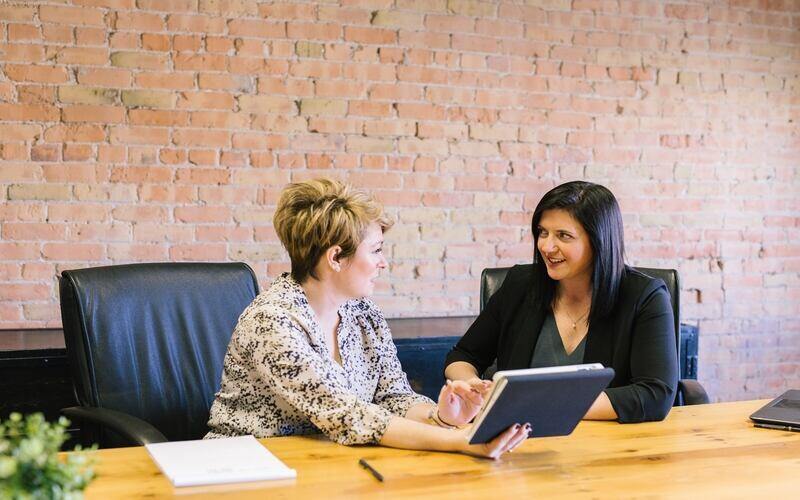Since the brief period in 2011 when the Aussie dollar was actually more valuable than the USD, the trend has been steadily downward. At the start of 2025, the AUD was worth just $0.61 cents, close to dropping below $0.60 for only the second time since 2003.
Speaking on the Savings Tip Jar podcast in January, co-creator of money management platform Moor Ben Kingsley said he expects it will be another year of struggle for the little old AUD.
"The Aussie dollar looks like it will stay in the low sixties US, and not do much better against other foreign currencies in 2025," he said.
But what does it actually mean for the dollar to be low, and more pertinently, how does this affect the bank balances of everyday Australians? We've done our best to try to break it all down.
If you've been looking for a place to stash some cash, the table below displays a selection of six-month term deposits with high interest rates.
What brings down the Aussie dollar?
The value of the Australian dollar compared to another currency is determined by supply and demand of the Australian dollar in foreign exchange markets. This is called a floating exchange rate, the opposite of a fixed exchange rate where the central bank has a set exchange rate for foreign currency.
The rules of supply and demand work for the dollar like any other commodity. For example, an increase in foreign investment in Australia means an increase in demand for the dollar, so it therefore appreciates in value. In this case, an increase in foreign demand for Australian assets probably also means that more Australian people are choosing to hold Australian assets. Therefore, there becomes less Australian dollars in circulation in the international currency exchange markets, decreasing supply and therefore increasing the value of the dollar.
Conversely, if there is a surge in Australian investment in foreign currency, demand for the Australian dollar decreases, and the supply of Australian dollars in the currency markets increases. Both these factors mean that the dollar depreciates against international currency.
It's important to remember each exchange rate is independent of one another. The AUD could be doing well against the Japanese Yen but poorly against the USD - it just depends on the supply/demand dynamic between the two respective currencies. However, often the same factors influencing one exchange rate also affect others.
Below are some of the most common reasons for the dollar to depreciate.
Relatively low interest rates
Low interest rates compared to another nation can see local currency depreciate against that of the country with higher rates. International investors tend to like high interest rates, as it increases the yield on things like deposit products and bonds. If, say, the US has higher rates than Australia, it can mean investors pursuing these assets are more likely to choose the nation with the higher returns, boosting demand and thus increasing the US dollar relative to the AUD.
Weak economic performance
Since exchange rates are influenced by demand in international currency markets, how the Australian economy is performing can be a significant factor. If things are going well in Australia relative to elsewhere, more international investors may choose to park their money in Australian assets and businesses, increasing demand for our dollar. On the other hand, if prospects elsewhere look healthier, the dollar might decrease as more people choose alternative nations to invest.
Inflation
Goods and services becoming more expensive can also devalue currency. For example, if Australia's annual rate of inflation is 2.8%, another way to look at that is that one Aussie dollar has become 2.8% less valuable over the past 12 months. Inflation increasing means the buying power of the currency is reducing at a faster rate, and thus becomes a less lucrative commodity to hold on to. Countries like Argentina and Venezuela that have suffered spiralling hyperinflation in the recent past have seen corresponding collapses to their respective currency.
How will a weak Aussie dollar affect me?
A falling dollar is not always bad news. The lower dollar makes our exports cheaper, thus more attractive to overseas buyers. This in turn can boost demand for our exports, including services like tourism and education as well as mining and agriculture. In fact, a low dollar is often good news for Gross Domestic Product (GDP). This might in turn improve employment and business opportunities throughout Australia.
However, when it comes to everyday life there could be several adverse consequences if the dollar keeps underperforming.
Your international holiday could be about to get more expensive
The weak dollar may be especially bad news if you're heading overseas because a lower dollar buys less foreign currency (especially USD) - decreasing your spending capacity.
Mr Kingsley says he's advising his clients to 'provision an extra 10% in the holiday budget' for 2025, with the dollar down against local currency in several of Australia's favourite holiday destinations. The exchange rate with the Euro, the Great British Pound and the US dollar are all below long term average levels as of January 2025, not to mention the Thai Baht and the Indonesian Rupiah.
On the plus side, if the dollar takes a hit while you're away you might be able to make a little bit of money when you return and exchange back any leftover foreign currency.
Buying items from overseas costs more
If you're buying something from overseas, be prepared to pay a lot more for it when the dollar is low.
Over 2024, the AUD fluctuated significantly, going from $0.69 US cents in October to $0.62 cents closing out the year. That means some US goods might have become as much as 10% more expensive in December.
Say you're buying a laptop from the US for $1000 USD. In October, that would have cost you about $1,450. Buying the same laptop with the exchange rate down to $0.62 means paying about $1,610 for the same laptop.
Petrol prices could rise
Fuel prices are influenced by many factors, including the value of the Australian dollar relative to the US dollar.
Because oil barrels are bought and sold in US currency, a drop in the Aussie dollar relative to the USD can hike up the price of fuel. Other factors that can contribute to the price of fuel include distributing and shipping costs, wholesaling and refining.
But don't expect fuel prices to drop every time the AUD rises against the US dollar. Generally, this only happens if the benchmark price stays the same or drops, and also depends on other local factors.
Property prices may go up
A lower dollar means that Australia becomes an increasingly attractive option for overseas investors looking to purchase a property because their foreign currency can buy them more.
More foreign investors heading to our shores to purchase property can push up prices, and make it that little bit harder for Australians to get into the market.
Read more: Foreign investment in Australian property.
This article was initially published in 2020 by Emma Duffy. Last updated January 28 2025.
First published on April 2020








 William Jolly
William Jolly
 Emma Duffy
Emma Duffy













